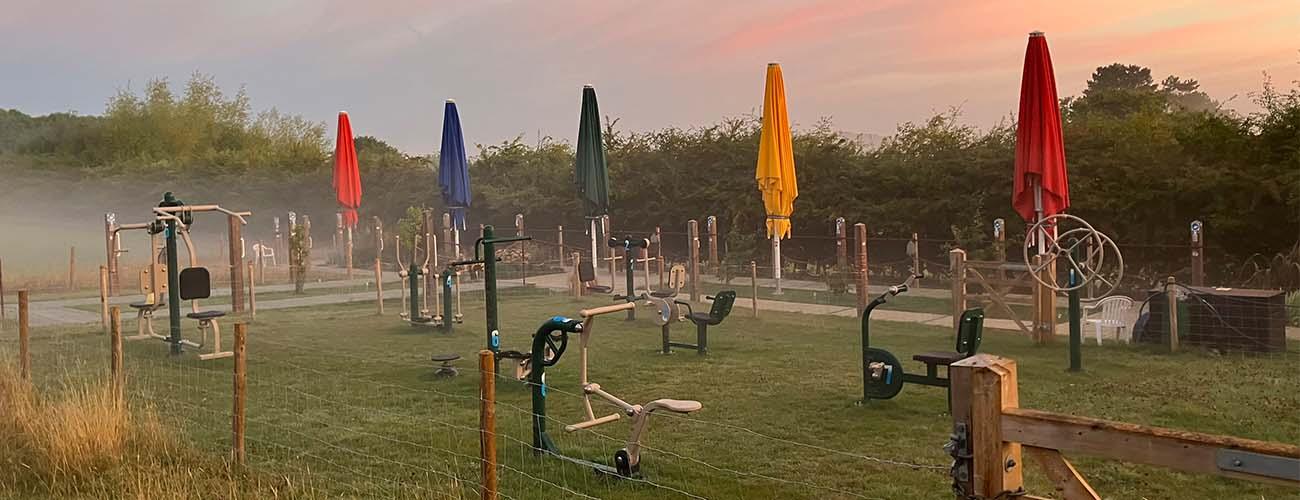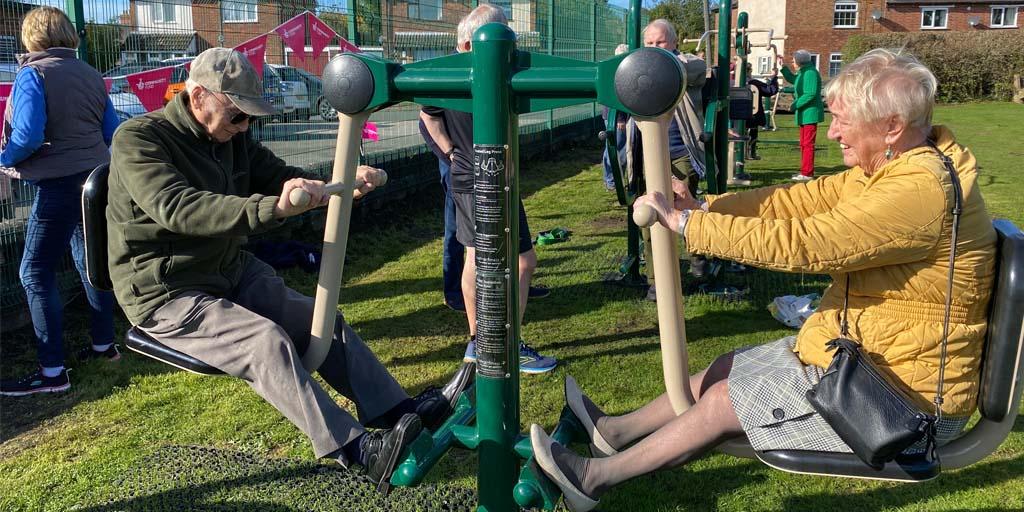
Statista says that numbers in all age groups over 60 are expected to continue increasing UK-wide, particularly among those aged 80 and above.
Late last year, Chief Medical Officer Chris Whitty reported that, while having people live longer in this country is ‘a triumph of medicine and public health’, more needed to be done to reduce illness, disability and frailty for older people.
15th February 2024
Physical activity is one of the best ways for people to remain strong and mobile for as long as possible in later years. The NHS recommends adults aged 65 or over should do some form of physical activity daily, however light. This helps to improve health while lessening the risk of heart disease, type 2 diabetes and stroke, while keeping the musculoskeletal system healthy.
Guidelines suggest completing strength, balance and flexibility exercises two or more days a week, and at least 150 minutes’ moderate-intensity exercise weekly, 75 minutes’ vigorous activity for those who are already active, or a combination of both.
However, the selected activity and how intensive it is need to suit the person’s fitness and ability level. It’s important to remember that as the body ages it can be at a greater risk of injury through exercise, particularly if it isn't used to exercise. Indeed, some potential for injury can start earlier in life than you may have realised. From the age of 50 onwards, for example, the risk of injury during exercise increases. And this can lead to significant losses in fitness that can become difficult to retrieve.
By the age of 80, on average people have lost around half their muscle mass, an issue which can be worsened by long periods of inactivity. Here are our top tips for anyone in their later years who is new to exercise, or returning to exercise, to get more active:
Don’t overdo it. Increase the number and range of exercises you do gradually. Start with low-impact, low-intensity activities such as brisk walking and build slowly from your current fitness level. And don’t forget to warm up and cool down as you begin and end your work-out.
Keep moving; walk at lunchtime or first thing and stretch and move around regularly. This helps keep fatigue at bay while preventing the shortening or contracture of muscles, enhances balance and improves posture.
Combine cardio and strength training for variety. Overall, this will enhance your wellbeing, plus your mobility and balance.
Many of the above points also apply if you’re getting back into exercising after an injury, whatever your age. Try to return as soon as you can once the initial discomfort has subsided. But don’t place needless stress on the injured part of your body.
And even if you keep your workouts less challenging than they used to be, you’ll be keeping the momentum going. Additionally, movement can actively assist with your recovery. So you’ll still reap many of the benefits of remaining active.
Follow the advice of your doctor and any other health professionals you are seeing, and stay patient.
Working out in the fresh air and sunlight brings numerous benefits to those who are returning to working out post-injury, whatever their age. That’s especially true as the weather steadily improves this spring, and we can all start to enjoy being outside once again.
At award-winning Fresh Air Fitness, we’ve designed our outdoor gym equipment to suit those who may be older or have reduced mobility, often through injury. Our extensive line-up of different equipment provides effective yet low-impact workout options in council, residential home, hospital and other settings. Your residents might like our three-station hip twister, for example, or our arm and pedal bike or our double air walker.
These gyms also provide a place for social interaction and engagement while improving mood and reducing stress, especially if outdoor exercise classes are available. To see how outdoor gyms encourage activity in all age groups, check out our blog on the fitness levels surge among the over 50s.
To explore the wider benefits of exercise, read our blog on the social value of exercise.
Get in touch today to learn more about how an outdoor gym could help your community. Simply call us 01483 608860 or complete the simple form below.
Back to all blog posts